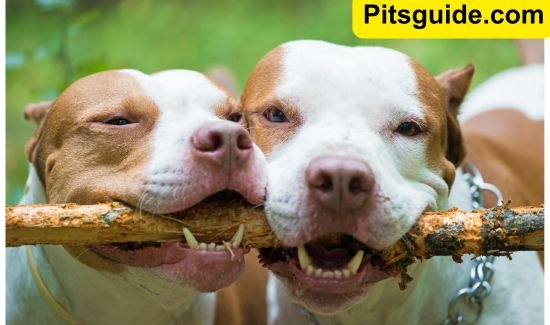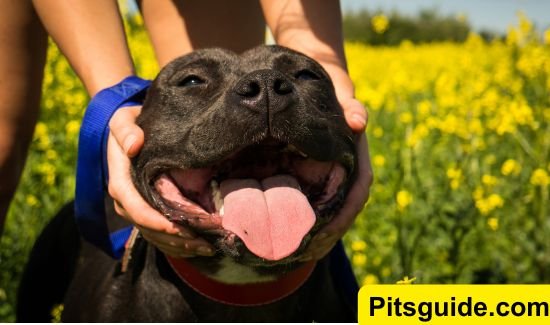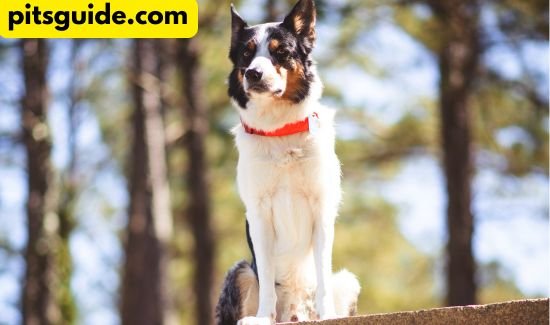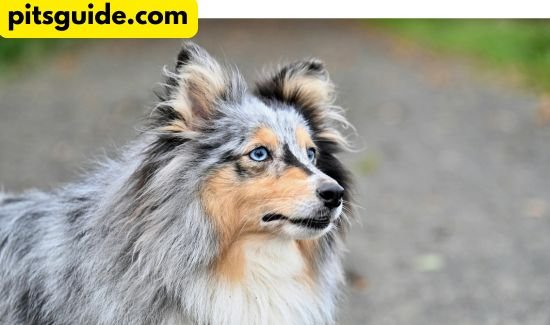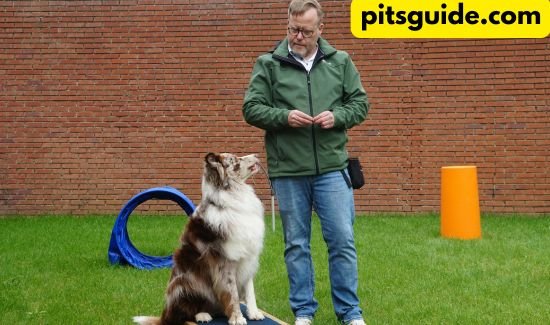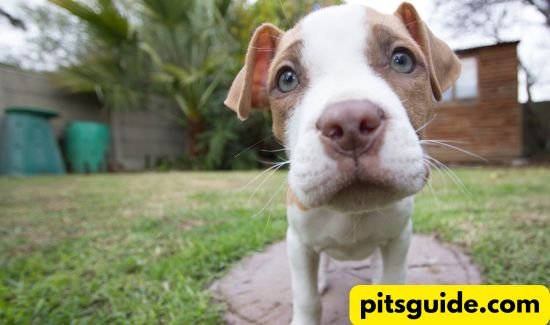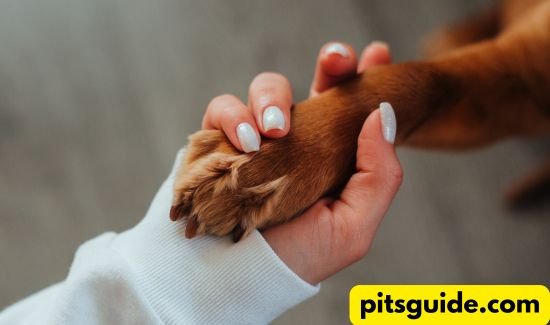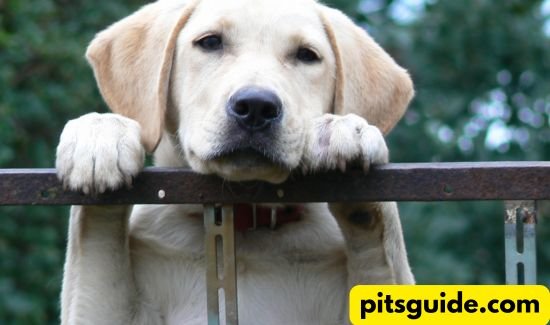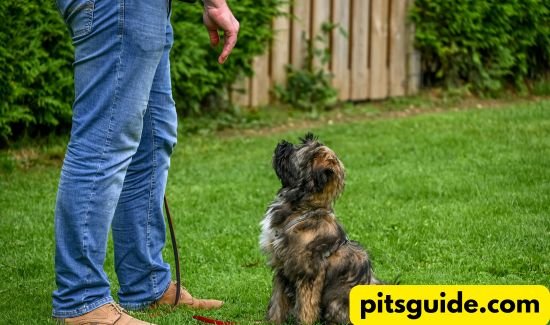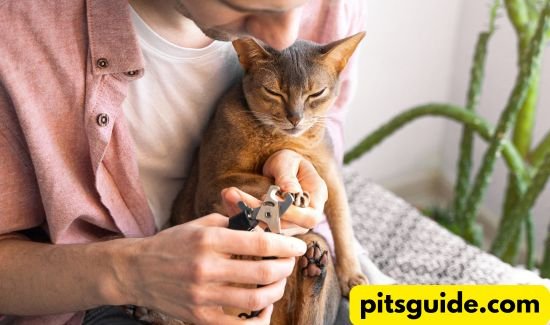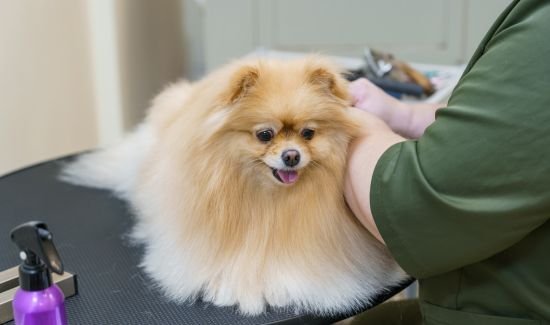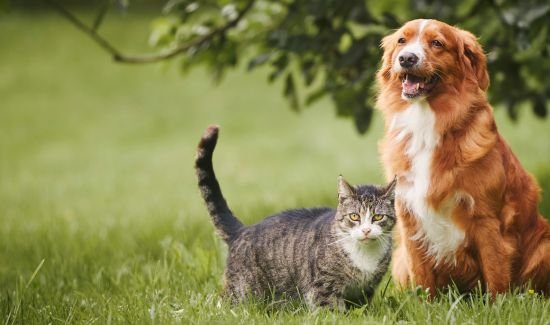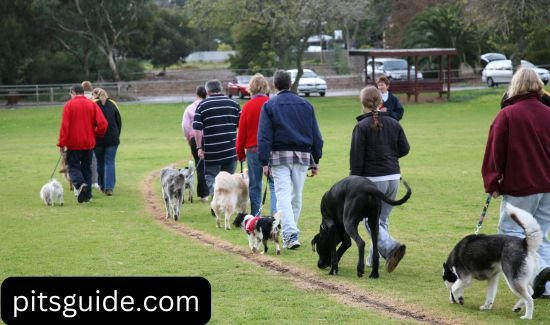Table of Contents
1. **Introduction**
– The Rewards and Responsibilities of Owning a Pit Bull
– How Training Prevents Common Pit Bull Problems
2. **Key Takeaways**
– Understanding Temperament and Instincts
– The Importance of Socialization
– Positive Reinforcement and Obedience
– Addressing Triggers and Aggression Prevention
– Building Trust and Strengthening the Bond
3. **Understanding Pit Bull Behavior and Temperament**
– Natural Instincts and Breed Characteristics
– Common Behavioral Patterns
– Myths vs. Reality About Pit Bulls
4. **Early Socialization: The Foundation of Well-Behaved Pit Bulls**
– Importance of Early Socialization
– Steps to Socialize a Pit Bull Puppy
– Benefits of Socialization for Injury Prevention and Motivation
5. **Essential Commands and Training Tips for Pit Bulls**
– Basic Obedience Commands
– Sit, Stay, Come, Heel, Down
– Positive Reinforcement Techniques
– Establishing Leadership Without Force
6. **Exercise Requirements and Physical Activities**
– The Importance of Exercise for Pit Bulls
– Suggested Physical Activities: Agility, Swimming, Strength Training
– Balancing Physical and Mental Stimulation
7. **Preventing Aggressive Behavior Through Proper Training**
– Identifying Triggers and Warning Signs
– Redirecting Unwanted Behaviors
– Professional Training Resources
8. **Building Trust and Strengthening the Human-Pit Bull Bond**
– Strategies for Building Trust
– Benefits of a Strong Bond
– Emotional Connection and Mutual Respect
9. **Conclusion**
– Comprehensive Approach to Pit Bull Training
– Importance of Positive Training and Bonding
10. **FAQ**
– Key Considerations for Training Pit Bulls
– Importance of Early Socialization
– Essential Commands and Training Techniques
– Exercise Requirements and Recommended Activities
– Preventing Aggression
– Tips for Building a Strong Bond
Each section provides detailed guidance on raising a happy, healthy, and well-behaved Pit Bull.
Prevent Pit Bull Problems with These Training Tips
Owning a Pit Bull is very rewarding. But, it also comes with big responsibilities. These dogs need special training and care to be good pets.
What if you could stop Pit Bull problems before they start? This guide will show you how to train a Pit Bull. You’ll learn how to make them a loving part of your family.
Key Takeaways
- Understand the unique temperament and instincts of Pit Bulls to tailor your training approach.
- Establish early socialization as the foundation for a well-adjusted Pit Bull.
- Master essential obedience commands using positive reinforcement techniques.
- Provide ample exercise and physical activities to meet the Pit Bull’s high energy needs.
- Identify and address potential triggers to prevent aggressive behaviors.
- Build a strong bond of trust and respect between you and your Pit Bull.
- Seek professional training resources for long-term success.
Understanding Pit Bull Behavior and Temperament
Pit Bulls are a special breed with a rich history. They have a complex temperament. To care for them well, we need to know their natural instincts and common behaviors.
Natural Instincts and Breed Characteristics
Pit bulls were bred for blood sports such as bull and bear baiting. This made them strong-willed and tenacious. They may pursue small animals due to their high prey drive.
But, with the right training, Pit Bulls can be loving and loyal. They do great in exercise techniques, strength training, and cardiovascular conditioning.
Common Behavioral Patterns
Pit Bulls are very energetic and playful. They love to please their owners.They are therefore simple to train using constructive techniques.
But, they can also show behaviors like resource guarding and dog-on-dog aggression. They can be strong-willed. So, they need careful training and management.
Myths vs. Reality About Pit Bulls
- Myth: Pit bulls are violent and aggressive by nature.
- Reality: Pit Bulls are not more aggressive than other breeds when properly trained and socialized. Their temperament is heavily influenced by their environment and upbringing.
- Myth: Pit Bulls have “locking jaws” that make their bites more dangerous.
- Reality: Pit Bulls do not have a unique jaw structure or bite mechanism. Like other large dog breeds, they bite with a similar force.
- Myth: PitBulls are unpredictable and cannot be trusted around children.
- Reality: Pit Bulls can be excellent family companions when raised with care, socialization, and proper training, just like any other breed.
https://youtube.com/watch?v=g6qZvHz76NY
Although pit bulls are frequently misunderstood, they can become devoted, affectionate, and well-behaved friends with the correct training and attention.
Early Socialization: The Foundation of Well-Behaved Pit Bulls
Proper early socialization is key for a confident Pit Bull. Puppies need to meet many people, animals, sights, and sounds early on. This helps them grow into balanced, loyal dogs.
This step is important for injury prevention and keeping them motivated. It also helps with their nutrition as they grow.
Socialization should start when puppies are 3-12 weeks old.They are most open to new experiences at this time. Owners ought to:
- Introduce the puppy to many people, like kids, seniors, and people from different places.
- Take the puppy to places like parks, stores, and busy streets.This aids in their acclimatization to unfamiliar sights and sounds.
- Give treats and praise when the puppy acts calm and confident.
Creating a caring and exciting environment helps Pit Bulls become sociable and strong. This early effort helps them avoid aggression and builds a strong bond with their family.
Early socialization is the key to creating a well-rounded Pit Bull that can thrive in a variety of settings. With patience and consistency, owners can set their dogs up for lifelong success.
Essential Commands and Training Tips for Pit Bulls
To get the most out of your Pit Bull, focus on training and learning commands. Teach them important commands and use positive ways to encourage them. This makes your dog well-behaved and listens well.
Basic Obedience Commands
It’s key to start with basic obedience for Pit Bulls. Teach them these important commands:
- Sit: This helps your Pit Bull learn to stop and listen to you.
- Stay: This instruction trains them to remain composed and patient.
- Come on: Both your peace of mind and the safety of your Pit Bull depend on it.
- Heel: This keeps your Pit Bull by your side when you’re out.
- Down: It’s useful for calming your Pit Bull in different situations.
Positive Reinforcement Techniques
Pit Bulls love positive reinforcement. Use treats, praise, and fun play to reward them. They are motivated to learn and get your approval as a result.
Establishing Leadership Without Force
Training Pit Bulls doesn’t need to be hard or mean. Instead, build a respectful and working relationship. Clearly tell them what you want and reward good behavior. This shows you’re a trusted leader.
Patience, consistency, and a positive outlook are essential while training a Pit Bull. These dogs are intelligent and eager to please, and they respond best to reward-based methods.”
Learning commands, using positive methods, and building a strong bond makes a happy Pit Bull. Remember, keeping your Pit Bull healthy and happy also means good recovery, exercise, and motivation.
Exercise Requirements and Physical Activities
Pit Bulls have lots of energy and love to move. They need lots of chances to exercise and play. Good workout plans help them stay happy and healthy.
Exercise is key for Pit Bulls. It helps them use their energy and stay out of trouble. They need walks, runs, and fun training to stay fit and happy.
Adding strength exercises like carrying packs or pulling sleds is great. It helps them get stronger and better at what they do.
Pit Bull owners should try different activities. Agility, swimming, and sports like flyball are great. They show off the dog’s skills and keep them smart.
A well-behaved Pit Bull is one that is exhausted. Keeping them physically and mentally stimulated is key to preventing behavioral issues and maintaining a happy, healthy companion.”
Good workout plans and nutrition help Pit Bulls reach their best. A balanced approach to exercise and health makes for a happy dog and owner.
Preventing Aggressive Behavior Through Proper Training
As Pit Bull owners, we must prevent aggressive behavior through training. We can spot triggers and warning signs early. This helps us teach our dogs to behave well and be loyal.
Identifying Triggers and Warning Signs
First, we need to know our Pit Bull’s personality. We look for things that might upset them, like fear or feeling threatened. Signs like stiffening or growling tell us our dog is upset.
Redirecting Unwanted Behaviors
When our dog shows signs of upset, we must act fast. We use positive ways to calm them down. Training and socializing help our dogs feel confident and behave well.
Professional Training Resources
For extra help, we can turn to professional trainers or animal behaviorists. They create plans just for our dog. They help us manage aggressive behavior and make sure our dog is well-adjusted.
With the right training and help, we can stop aggressive behavior. This way, we build a strong bond with our dogs.
Building Trust and Strengthening the Human-Pit Bull Bond
Creating a strong bond between a Pit Bull and its owner is key. It’s not just about conditioning strategies or performance optimization. It’s about respect, understanding, and athletic development.
Training consistently and positively is the base. It helps the dog feel safe and confident. This leads to trust and teamwork.
- Engage in regular, structured training sessions that reinforce desired behaviors and build the dog’s confidence.
- Provide ample opportunities for positive reinforcement, such as praise, treats, and playtime, to strengthen the emotional connection.
- Encourage socialization with other people and animals in a controlled, safe manner to help the Pit Bull feel comfortable and at ease in various social settings.
Daily interactions and shared experiences strengthen the bond. Knowing the dog’s personality and needs makes the relationship special.
Developing a close relationship with a Pit Bull requires patience, empathy, and a sincere interest in the dog’s welfare.When you invest in building that trust, you’ll be rewarded with a loyal, loving companion for life.
By focusing on conditioning strategies, performance optimization, and athletic development, owners create a great partnership. This partnership brings joy and fulfillment to all.
| Strategies for Building Trust | Benefits of a Strong Bond |
|
|
Conclusion
It takes a comprehensive plan to raise a well-behaved Pit Bull.This includes good training, socializing, and knowing the breed well. By using the tips from this article, owners can have a great bond with their dogs.
Teaching basic commands and doing exercises that make dogs strong and fast is key. It’s all about balancing their mind and body. Positive training, being a leader without being hard, and fixing bad behavior early on helps a lot.
With the right help and effort, Pit Bulls can be amazing friends. They bring happiness and value to our lives. By following the advice in this article, we can raise a happy, healthy Pit Bull. This helps us understand and love this special breed more.
FAQ
What are the key considerations when training a Pitbull?
Pit Bulls need special training because of their unique traits. It’s important to know their natural behaviors and myths about them. This helps in creating good training plans.
Why is early socialization important for Pit Bulls?
Early socialization is key for Pit Bulls to behave well. They get to know new things and people thanks to it. They become self-assured and well-adjusted individuals as a result.
What are the essential commands and training techniques for Pit Bulls?
Teaching basic commands and using positive methods are vital. These help Pit Bulls become good friends. It’s all about being kind and clear in your training.
How much exercise do Pit Bulls require, and what are some recommended physical activities?
For them to remain content and healthy, pit bulls require a lot of activity. They should do cardio, strength training, and play games. This keeps them active and smart.
How can I stop my Pit Bull from acting aggressively?
To stop aggression, know what makes them upset and teach them better ways to act. Use positive training and be consistent. This helps a lot.
What are some tips for building a strong bond with my Pit Bull?
To bond with your Pit Bull, train them regularly and be positive. Show them respect and care. This makes your relationship strong and happy.

